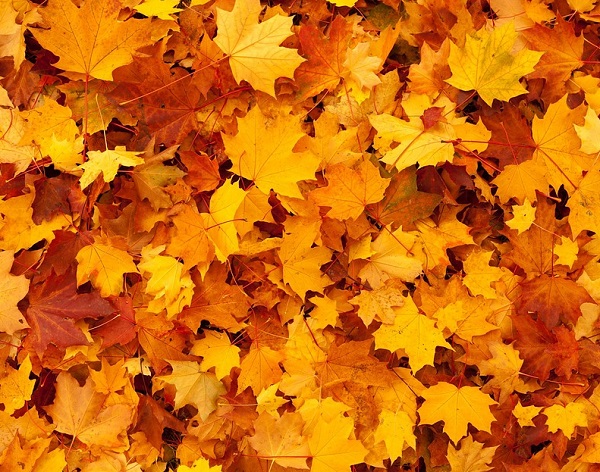
BALTIMORE, MD—As autumn décor and foliage take over, gardening experts are issuing an urgent warning to pet owners about five common seasonal items that could be seriously harmful, or even fatal, to cats and dogs.
Grow Eat and Repeat, a leading gardening resource, has released a safety alert identifying moldy pumpkins, acorns, lilies, buckeyes, and chrysanthemums as major health risks to household pets.
“The start of fall means we will be seeing lots of different seasonal plants appearing around us, and while they can be a great way to decorate the home, many of them can be toxic to cats and dogs,” said Davin Eberhardt, founder of Grow Eat and Repeat. “Early treatment can make all the difference, so if you suspect your pet has come into contact with a toxic plant, it’s important to seek veterinary advice as soon as possible.”
The Five-Point Fall Pet Hazard Checklist
The warning details specific dangers posed by each common fall item:
- Moldy Pumpkins 🎃
While fresh, correctly prepared pumpkin is safe for pets, decorative pumpkins—especially those left outside or allowed to spoil—can grow mold that produces tremorgenic mycotoxins. Ingestion of these toxins can lead to a dangerous poisoning called neurotoxicosis, which affects the nervous system. Symptoms include tremors, seizures, and disorientation, and the condition can be deadly if not treated promptly. Pet owners are advised to keep decorations out of reach and dispose of any pumpkins immediately once they begin to spoil.
- Acorns and Oak Leaves 🌳
Acorns and the leaves of oak trees contain tannins, toxins that can cause severe reactions in both cats and dogs, ranging from minor stomach upset to liver or kidney failure. The risk increases during the fall when these items drop to the ground. Additionally, swallowing acorns poses a serious risk of choking or intestinal blockage, particularly for smaller pets. Pet owners should regularly clear their yards of oak debris and closely supervise their animals when playing near oak trees.
- Fall Lilies (True Lilies) 🚨
Many lily varieties are highly toxic to pets, and they present an especially grave danger to cats. Experts warn that even minor exposure, such as a cat licking pollen off its fur or drinking water from a vase containing the flowers, can cause rapid-onset kidney failure. All parts of the lily plant are toxic, making complete avoidance the safest measure. For dogs, lilies can cause vomiting, diarrhea, and oral irritation.
- Buckeyes (Nuts, Seeds, and Sprouts)
Buckeyes, the nuts that fall from buckeye trees, contain a compound called glycosides. If ingested by cats or dogs, this toxin can cause drooling, vomiting, and diarrhea. In more severe cases, it can lead to muscle tremors, seizures, or paralysis. Like acorns, buckeyes are most dangerous in the fall when they litter the ground, necessitating constant supervision near these trees.
- Fall Chrysanthemums (Mums) 🌼
A staple of seasonal decorating, chrysanthemums are a risk due to the presence of chemical compounds like pyrethrins and sesquiterpene lactones. Ingestion can cause symptoms such as vomiting, diarrhea, hypersalivation, and a lack of coordination (ataxia). While toxic to both species, cats are particularly vulnerable to these effects. Owners should keep these popular flowers completely out of their pets’ reach.
Choosing Safe Alternatives
To protect pets while still enjoying festive décor, Grow Eat and Repeat recommends replacing toxic plants with pet-safe alternatives, including snapdragons, asters, and zinnias.
“The best way to protect your pets is by avoiding these dangerous plants altogether in your home,” Eberhardt added. “If you suspect exposure, always call your veterinarian immediately—don’t wait for symptoms to appear.”
Please follow and like us:
Disclaimer: This news has been automatically collected from the source link above. Our website does not create, edit, or publish the content. All information, statements, and opinions expressed belong solely to the original publisher. We are not responsible or liable for the accuracy, reliability, or completeness of any news, nor for any statements, views, or claims made in the content. All rights remain with the respective source.
